Sauvignon Blanc, Chenin Blanc and Riesling are three grape varieties that in some way or other resemble each other: they all have high acid, they can all be botrytis-affected and they are all aromatic in nature.
So how can we distinguish them? For me, there are three aspects that we need to examine:
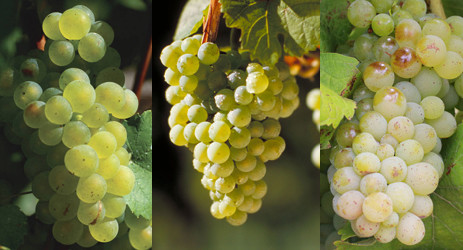 Image (from left to right): Sauvignon Blanc, Riesling and Chenin Blanc
Image (from left to right): Sauvignon Blanc, Riesling and Chenin Blanc
Sweetness
Sauvignon Blanc mainly makes either completely dry or quite sweet wines in the main. If a wine is medium sweet or dry, there is very little chance it is a Sauvignon Blanc. On the other hand, Chenin Blanc and Riesling are more versatile and can be used to make wines of all sorts of sweetness: from dry to luscious and all measures in between.
Aroma
If we look at the wealth of aromas found in these three varieties, it is clear that Sauvignon Blanc is rather unique: not only it is the only one that can have evident tropical notes such as passionfruit and guava, but it also is the only one that carries herbaceous notes, such as grass. The aromas of Chenin Blanc and Riesling are rather more related – with potential apple notes in common (Chenin Blanc tends to be more bruised apple and Riesling more crisp apple).
But in the way that no two snowflakes are the same, they express differently: Chenin Blanc rarely carries any peachy notes, and with mainly apple notes, the citrus notes play second fiddle. With Riesling, you will find much more peach, or lemon or lime – these will be more dominant.
Besides which, Chenin Blanc carries a distinctive waxy note (I find it a bit plastic-y), Riesling should not have this, but may have a distinctive petrol/flinty notes (arising from the mono-terpenes in that variety).
Extraction
If you are still at this point not clear on what variety it is, there’s yet another way to distinguish them: extract.
What is 'extract'? This is a part of wine that a lot of experts talk about – it is the elements of a wine besides water and alcohol: the solid elements that come from winemaking and extraction, so sugar, colloids, glycerol, mineral and phenolics.
Of these three varieties, Riesling nearly always has the highest extract, so it has a great deal of texture in the mouth. Texture and extract can be the hardest aspects to judge when wine tasting – so practice, practice, practice.
In the end, perhaps the easiest to distinguish is Sauvignon Blanc; Riesling and Chenin Blanc may only be distinguishable by slight differences in flavour and extract – but once you ‘get it’ you can truly succeed in blind tasting these three!
Click to learn more about available WSET courses in China>>
All rights reserved by Future plc. No part of this publication may be reproduced, distributed or transmitted in any form or by any means without the prior written permission of Decanter.
Only Official Media Partners (see About us) of DecanterChina.com may republish part of the content from the site without prior permission under strict Terms & Conditions. Contact china@decanter.com to learn about how to become an Official Media Partner of DecanterChina.com.

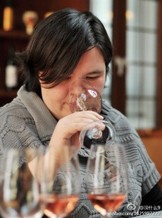
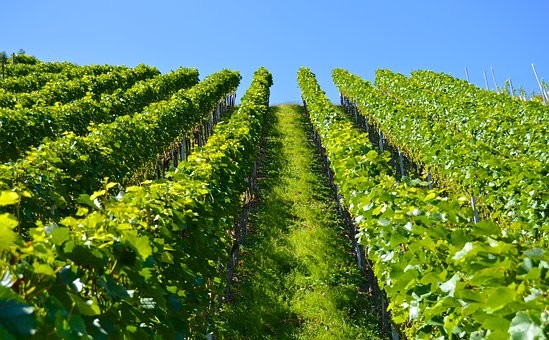

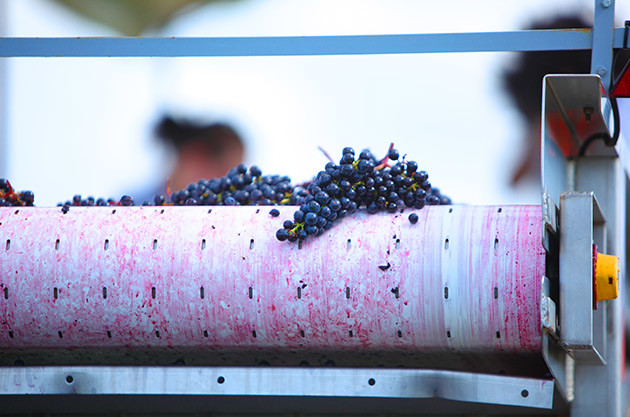
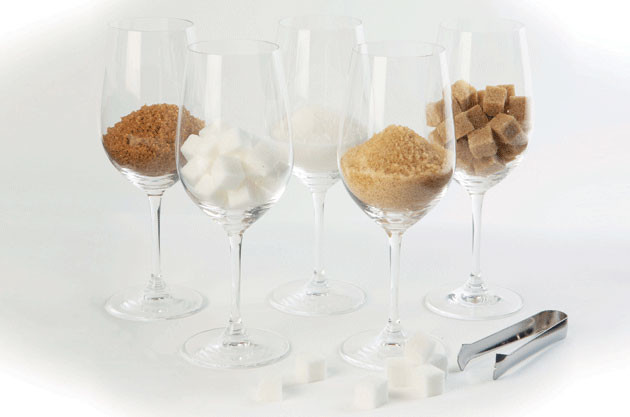
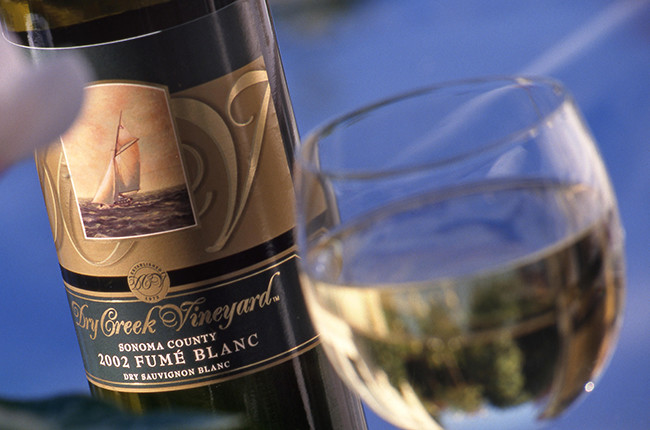
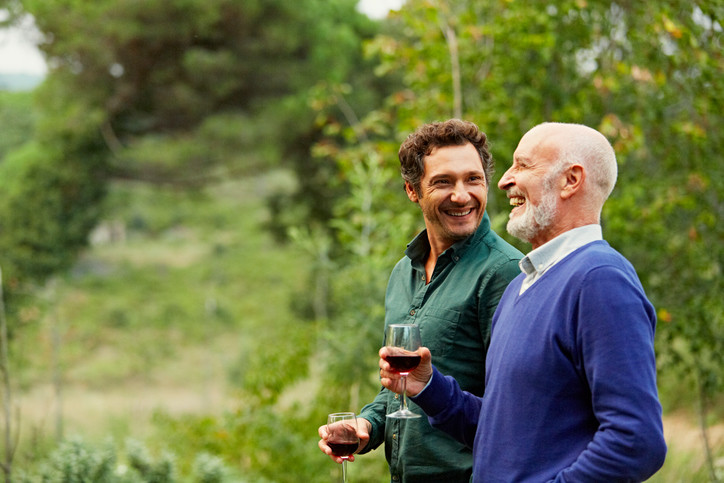
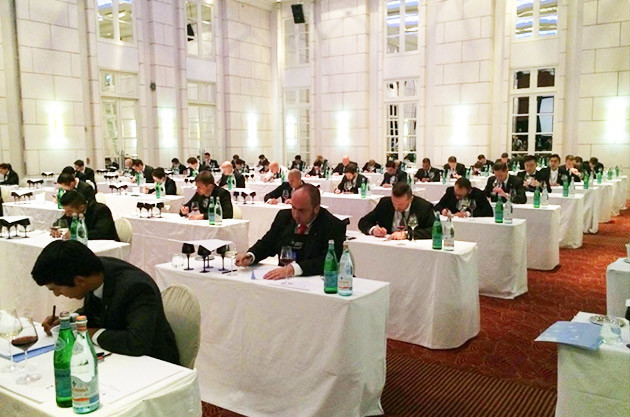

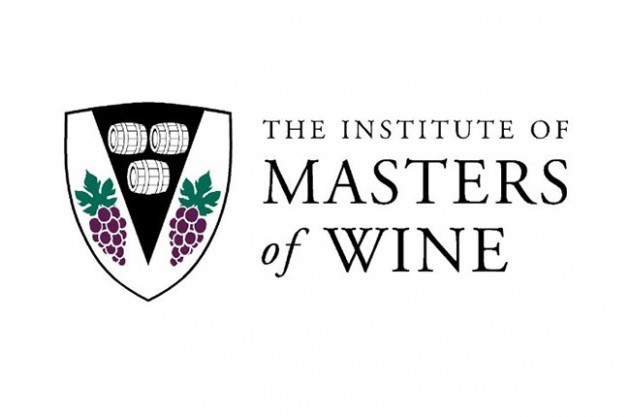
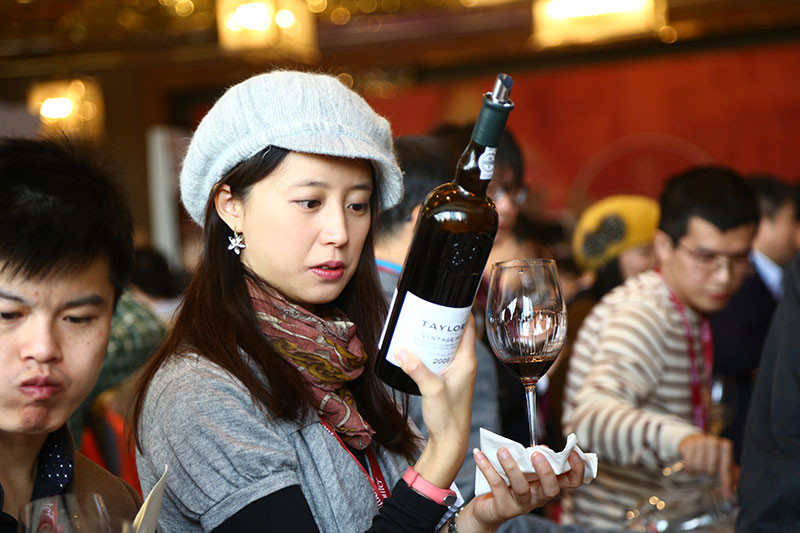
Comments
Submit